Gehweiler classification of atlas fractures
Citation, DOI, disclosures and article data
At the time the article was created Craig Hacking had no recorded disclosures.
View Craig Hacking's current disclosuresAt the time the article was last revised Frank Gaillard had no financial relationships to ineligible companies to disclose.
View Frank Gaillard's current disclosures- Gehweiler's classification of atlas fractures
- Gehweiler classification (atlas fractures)
The Gehweiler classification of atlas fractures described 5 types of fractures of the atlas. In addition, Dickman classified injuries of the transverse atlantal ligament (a.k.a. transverse band of the cruciform ligament) which has been incorporated into this classification system.
Classification
type 1: fractures of the anterior arch
type 2: fractures of the posterior arch and are usually bilateral
-
type 3: fractures involving the anterior and posterior arch (Jefferson burst fracture)
type 3a: intact transverse atlantal ligament
-
type 3b: disrupted transverse atlantal ligament complex
Dickman type 1: ligamentous disruption
Dickman type 2: bony avulsion with an intact transverse atlantal ligament
type 4: fractures of the lateral mass
type 5: isolated fractures of the C1 transverse process (rare)
The Rule of Spence has been advocated in the past as a radiographic method to assess for the integrity of the transverse atlantal ligament.
In a review of 189 fractures of the atlas, types 1 to 4 were all relatively evenly represented (type 1, 23.3%; type 2, 22.2%; type 3, 32.8%; type 4, 19.0%) whereas type 5 fractures are rare (1.1%) 5.
ADVERTISEMENT: Supporters see fewer/no ads
History and etymology
The system is named after John A Gehweiler, Jr, an American radiologist who described the sites of atlas fractures with colleagues from Duke University in 1976 in the journal Skeletal Radiology but the order was changed in later publications 4.
Quiz questions
References
- 1. Laubach M, Pishnamaz M, Scholz M, Spiegl U, Sellei RM, Herren C, Hildebrand F, Kobbe P. Interobserver reliability of the Gehweiler classification and treatment strategies of isolated atlas fractures: an internet-based multicenter survey among spine surgeons. (2020) European journal of trauma and emergency surgery : official publication of the European Trauma Society. doi:10.1007/s00068-020-01494-y - Pubmed
- 2. Loren B. Mead, Paul W. Millhouse, Jonathan Krystal, Alexander R. Vaccaro. C1 fractures: a review of diagnoses, management options, and outcomes. (2016) Current Reviews in Musculoskeletal Medicine. 9 (3): 255. doi:10.1007/s12178-016-9356-5
- 3. Dickman CA, Greene KA, Sonntag VK. Injuries involving the transverse atlantal ligament: classification and treatment guidelines based upon experience with 39 injuries. (1996) Neurosurgery. 38 (1): 44-50. doi:10.1097/00006123-199601000-00012 - Pubmed
- 4. Gehweiler J, Duff D, Martinez S, Miller M, Clark W. Fractures of the Atlas Vertebra. Skeletal Radiol. 1976;1(2):97-102. doi:10.1007/bf00347414
- 5. Fiedler N, Spiegl U, Jarvers J, Josten C, Heyde C, Osterhoff G. Epidemiology and Management of Atlas Fractures. Eur Spine J. 2020;29(10):2477-83. doi:10.1007/s00586-020-06317-7 - Pubmed
Incoming Links
- C1 fracture
- Atlas (type 3b subtype 1) and axis (Anderson and D'Alonzo type 3, Roy-Camille type 2) fractures
- Occipital condyle fracture (type 1) and atlas transverse process fracture (type 5)
- Gehweiler classification of atlas fractures (diagrams)
- C1 anterior arch (plough) fracture - type 1
- Axis peg fracture (type 3) and atlas lateral mass (type 4) fracture
- Jefferson fracture
Related articles: Spinal trauma
-
spinal fractures
- morphology[+][+]
- fractures by location[+][+]
- cervical spine fracture
- thoracolumbar spine fracture
- sacral fracture
- classifications
- AO spine classification systems
- three column concept of spinal fractures (Denis classification)
-
cervical spine fracture classification systems
- upper cervical spine
- AO Spine classification of upper cervical injuries
- occipital condyle and occipital cervical junction[+][+]
- atlas (C1) and C1-2 joint
- Levine and Edwards classification
- Landells classification
- Gehweiler classification
- axis (C2) and C2-3 joint[+][+]
- Roy-Camille classification (dens)
- Anderson and D'Alonzo classification (dens)
- Levine and Edwards classification (pars interarticularis)
- subaxial cervical spine[+][+]
- upper cervical spine
- thoracolumbar spinal fracture classification systems[+][+]
- classifications of sacral fractures[+][+]
- facet dislocation[+][+]
- listhesis[+][+]
Related articles: Fractures
-
fracture
- terminology[+][+]
- fracture location
- diaphyseal fracture
- metaphyseal fracture
- physeal fracture
- epiphyseal fracture
- fracture types
- avulsion fracture
- articular surface injuries
- complete fracture
- incomplete fracture
- infraction
- compound fracture
- pathological fracture
- stress fracture
- fracture displacement
- fracture location
- fracture healing[+][+]
- skull fractures[+][+]
-
facial fractures[+][+]
- fractures involving a single facial buttress
- alveolar process fractures
- frontal sinus fracture
- isolated zygomatic arch fractures
- mandibular fracture
- nasal bone fracture
- orbital blow-out fracture
- paranasal sinus fractures
- complex fractures
- dental fractures
- fractures involving a single facial buttress
-
spinal fractures
- classification (AO Spine classification systems)
-
cervical spine fracture classification systems
- AO classification of upper cervical injuries
- AO classification of subaxial injuries
- Anderson and D'Alonzo classification (odontoid fracture)
- Roy-Camille classification (odontoid process fracture)
- Gehweiler classifcation (atlas fractures)
- Levine and Edwards classification (hangman fracture)
- Allen and Ferguson classification (subaxial spine injuries)
- subaxial cervical spine injury classification (SLIC)
- thoracolumbar spinal fracture classification systems[+][+]
- three column concept of spinal fractures (Denis classification)
- classification of sacral fractures[+][+]
-
cervical spine fracture classification systems
- spinal fractures by region[+][+]
- spinal fracture types[+][+]
- classification (AO Spine classification systems)
- rib fractures[+][+]
- sternal fractures
-
upper limb fractures[+][+]
- classification
- Rockwood classification (acromioclavicular joint injury)
- AO classification (clavicle fracture)
- Neer classification (clavicle fracture)
- Neer classification (proximal humeral fracture)
- AO classification (proximal humeral fracture)
- AO/OTA classification of distal humeral fractures
- Milch classification (lateral humeral condyle fracture)
- Weiss classification (lateral humeral condyle fracture)
- Bado classification of Monteggia fracture-dislocations (radius-ulna)
- Mason classification (radial head fracture)
- Frykman classification (distal radial fracture)
- Mayo classification (scaphoid fracture)
- Hintermann classification (gamekeeper's thumb)
- Eaton classification (volar plate avulsion injury)
- Keifhaber-Stern classification (volar plate avulsion injury)
- upper limb fractures by region
- shoulder
- clavicular fracture
-
scapular fracture
- acromion fracture
- coracoid process fracture
- glenoid fracture
- humeral head fracture
- proximal humeral fracture
- humeral neck fracture
- arm
- elbow
- forearm
- wrist
-
carpal bones
- scaphoid fracture
- lunate fracture
- capitate fracture
- triquetral fracture
- pisiform fracture
- hamate fracture
- trapezoid fracture
- trapezium fracture
- hand
- shoulder
- classification
- lower limb fractures[+][+]
- classification by region
- pelvic fractures
- hip fractures
- Pipkin classification (femoral head fracture)
- Garden classification (hip fracture)
- American Academy of Orthopedic Surgeons classification (periprosthetic hip fracture)
- Cooke and Newman classification (periprosthetic hip fracture)
- Johansson classification (periprosthetic hip fracture)
- Vancouver classification (periprosthetic hip fracture)
- femoral
- knee
- Schatzker classification (tibial plateau fracture)
- AO classification of distal femur fractures
- Meyers and McKeevers classification (anterior cruciate ligament avulsion fracture)
- tibia/fibula
- Watson-Jones classification (tibial tuberosity avulsion fracture)
- ankle
- foot
- Berndt and Harty classification (osteochondral lesions of the talus)
- Sanders CT classification (calcaneal fracture)
- Hawkins classification (talar neck fracture)
- Myerson classification (Lisfranc injury)
- Nunley-Vertullo classification (Lisfranc injury)
- pelvis and lower limb fractures by region
- pelvic fracture
- sacral fracture
- coccygeal fracture
-
hip
- acetabular fracture
- femoral head fracture
-
femoral neck fracture
- subcapital fracture
- transcervical fracture
- basicervical fracture
-
trochanteric fracture
- pertrochanteric fracture
- intertrochanteric fracture
- subtrochanteric fracture
- femur
- mid-shaft fracture
- bisphosphonate-related fracture
- distal femoral fracture
- knee
- avulsion fractures
- Segond fracture
- reverse Segond fracture
- anterior cruciate ligament avulsion fracture
- posterior cruciate ligament avulsion fracture
- arcuate complex avulsion fracture (arcuate sign)
- biceps femoris avulsion fracture
- iliotibial band avulsion fracture
- semimembranosus tendon avulsion fracture
- Stieda fracture (MCL avulsion fracture)
- patellar fracture
- tibial plateau fracture
- avulsion fractures
- leg
- tibial tuberosity avulsion fracture
- tibial shaft fracture
- fibular shaft fracture
- Maisonneuve fracture
- ankle
- foot
- tarsal bones
- metatarsal bones
- phalanges
- classification by region
- terminology[+][+]





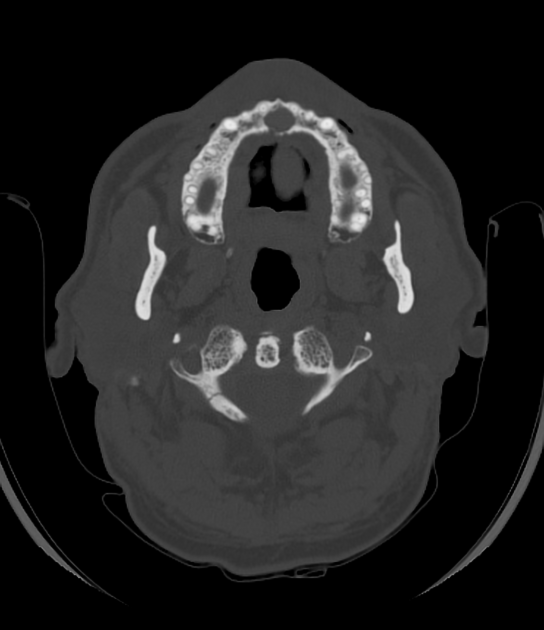


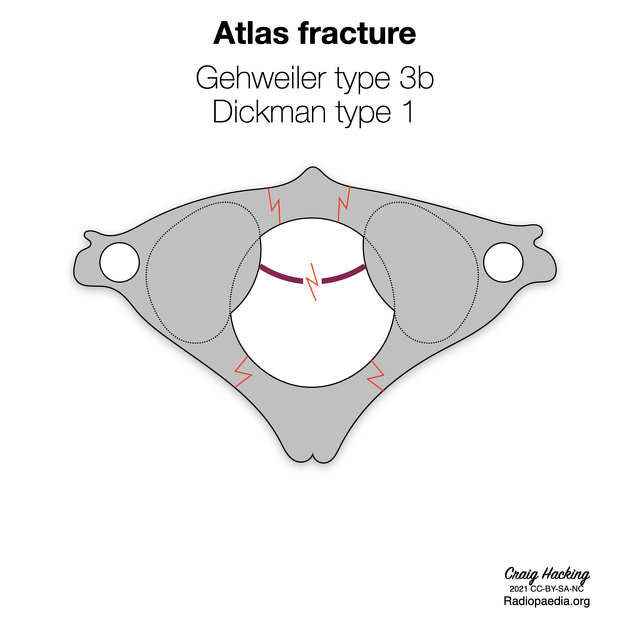


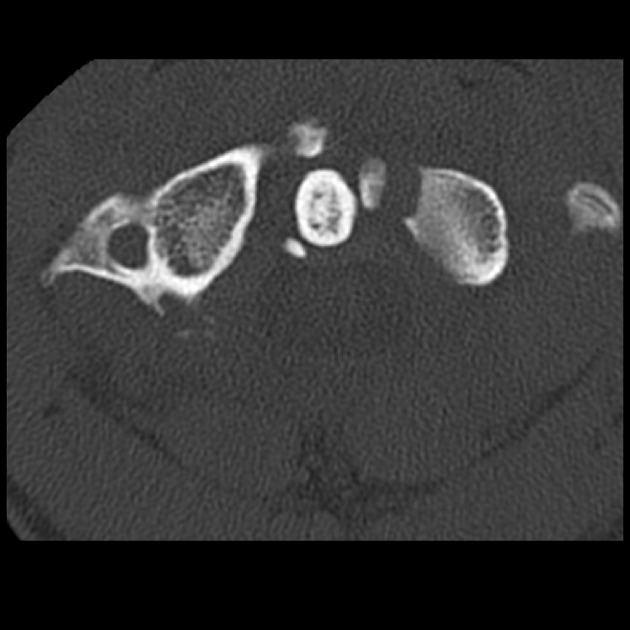


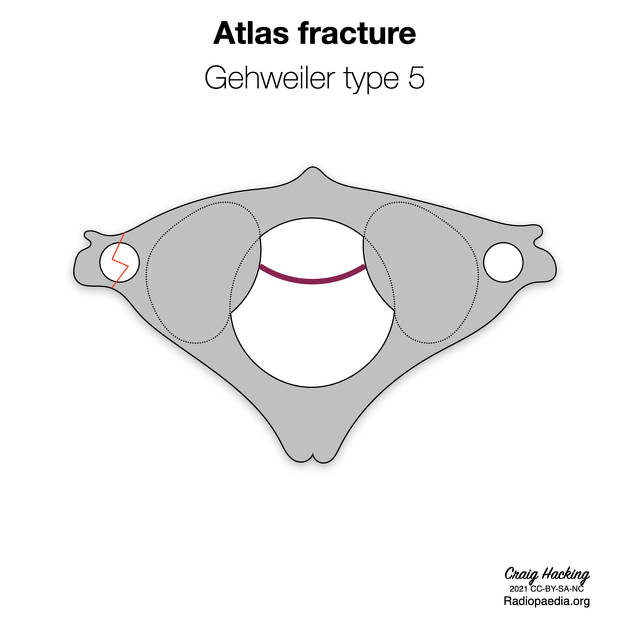
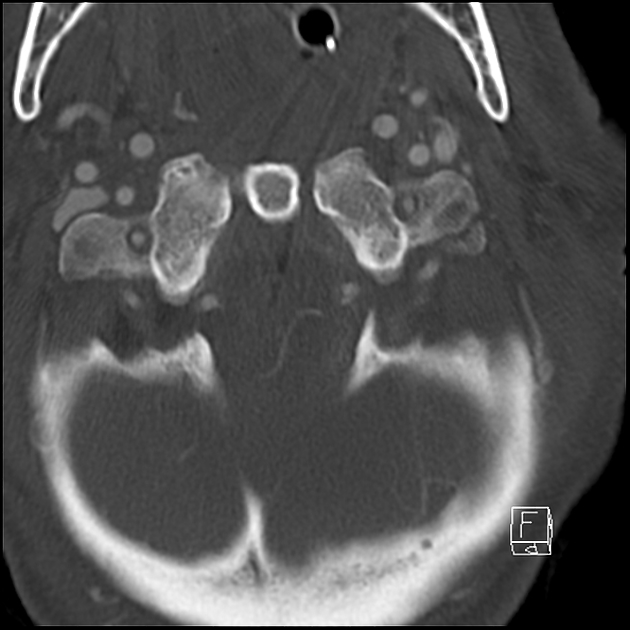


 Unable to process the form. Check for errors and try again.
Unable to process the form. Check for errors and try again.